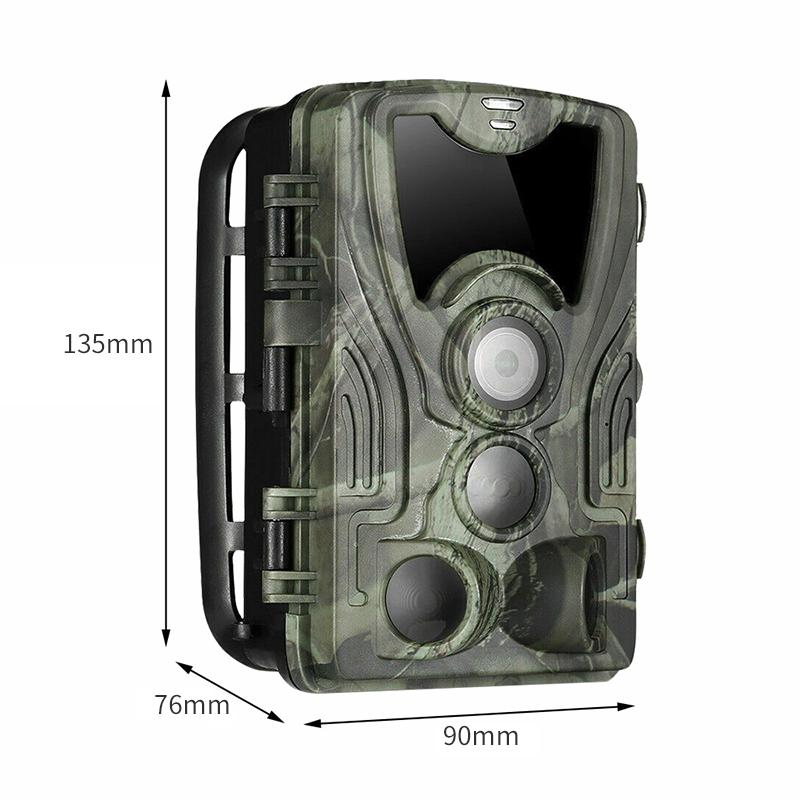How To You Find The Range?
Understanding the concept of range is fundamental in various fields, including mathematics, statistics, and data analysis. The range provides a simple measure of the spread or dispersion within a set of data. In this article, we will delve into the concept of range, its significance, and the step-by-step process to find the range in different contexts. By the end of this article, you will have a comprehensive understanding of how to calculate and interpret the range, enabling you to apply this knowledge effectively in practical scenarios.
What is the Range?

The range is a measure of variability that indicates the difference between the highest and lowest values in a data set. It is one of the simplest measures of dispersion and provides a quick sense of the spread of the data. The formula to calculate the range is straightforward:
\[ \text{Range} = \text{Maximum Value} - \text{Minimum Value} \]
Why is the Range Important?

The range is a crucial statistical tool for several reasons:
1. Simplicity: It is easy to calculate and understand, making it accessible for quick assessments.
2. Initial Insight: It provides an immediate sense of the data's spread, which can be useful for preliminary analysis.
3. Comparative Analysis: It allows for the comparison of variability between different data sets.
However, it is essential to note that the range is sensitive to outliers and does not provide information about the distribution of values within the data set. For a more comprehensive analysis, other measures of dispersion, such as variance and standard deviation, should also be considered.
Steps to Find the Range

Step 1: Identify the Data Set

The first step in finding the range is to identify the data set you are working with. This could be a list of numbers, a set of measurements, or any collection of quantitative data.
Example Data Set: 3, 7, 8, 15, 22, 34, 45
Step 2: Determine the Maximum and Minimum Values
Next, identify the maximum and minimum values within the data set. The maximum value is the largest number, and the minimum value is the smallest number.
Maximum Value: 45
Minimum Value: 3
Step 3: Calculate the Range
Subtract the minimum value from the maximum value to find the range.
\[ \text{Range} = 45 - 3 = 42 \]
In this example, the range of the data set is 42.
Finding the Range in Different Contexts
1. Range in a Frequency Distribution
When dealing with a frequency distribution, the range can be calculated by identifying the highest and lowest values in the distribution.
Example Frequency Distribution:
- 1-10: 5 occurrences
- 11-20: 8 occurrences
- 21-30: 12 occurrences
- 31-40: 7 occurrences
Maximum Value: 40
Minimum Value: 1
\[ \text{Range} = 40 - 1 = 39 \]
2. Range in Grouped Data
For grouped data, the range can be found by identifying the upper limit of the highest class and the lower limit of the lowest class.
Example Grouped Data:
- 0-9: 3 occurrences
- 10-19: 5 occurrences
- 20-29: 7 occurrences
- 30-39: 2 occurrences
Upper Limit of Highest Class: 39
Lower Limit of Lowest Class: 0
\[ \text{Range} = 39 - 0 = 39 \]
3. Range in Continuous Data
In continuous data, the range is calculated similarly by identifying the maximum and minimum values.
Example Continuous Data: 2.5, 3.1, 4.7, 5.6, 7.8, 9.0
Maximum Value: 9.0
Minimum Value: 2.5
\[ \text{Range} = 9.0 - 2.5 = 6.5 \]
Practical Applications of Range
1. Quality Control
In manufacturing and quality control, the range is used to monitor the consistency of products. By calculating the range of measurements, manufacturers can quickly identify batches that deviate from the standard specifications.
2. Weather Analysis
Meteorologists use the range to analyze temperature variations. For instance, the range of daily temperatures can provide insights into climate patterns and help in weather forecasting.
3. Financial Analysis
In finance, the range is used to assess the volatility of stock prices. A larger range indicates higher volatility, which can influence investment decisions.
4. Education
Educators use the range to understand the spread of students' scores on tests and assignments. This helps in identifying the performance gap and tailoring instructional strategies accordingly.
Limitations of the Range
While the range is a useful measure of dispersion, it has some limitations:
1. Sensitivity to Outliers: The range is highly sensitive to extreme values, which can distort the true variability of the data.
2. Lack of Distribution Information: The range does not provide information about the distribution of values within the data set. Two data sets with the same range can have very different distributions.
3. Not Robust: The range is not a robust measure of dispersion, especially for large data sets with significant variability.
The range is a fundamental statistical measure that provides a quick and straightforward assessment of the spread of a data set. By understanding how to calculate and interpret the range, you can gain valuable insights into the variability of your data. Whether you are working in quality control, weather analysis, financial analysis, or education, the range can serve as a useful tool for preliminary data analysis.
However, it is essential to be aware of its limitations and consider other measures of dispersion for a more comprehensive analysis. By combining the range with other statistical tools, you can achieve a deeper understanding of your data and make more informed decisions.
In summary, mastering the concept of range equips you with a valuable skill for analyzing and interpreting data across various fields. By following the steps outlined in this article, you can confidently calculate the range and apply this knowledge to real-world scenarios, enhancing your analytical capabilities and contributing to more effective data-driven decision-making.




















